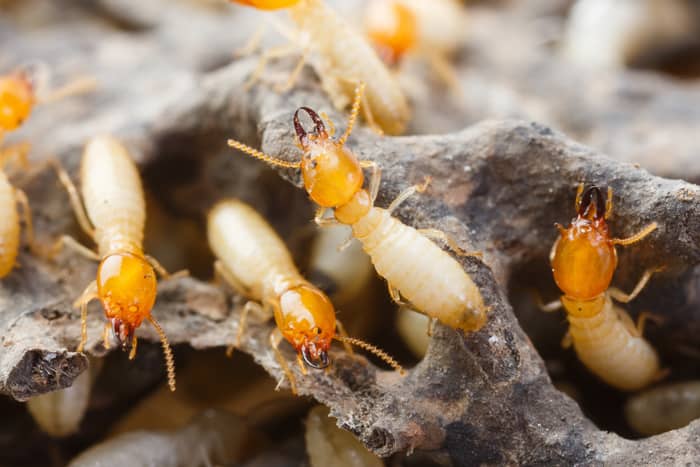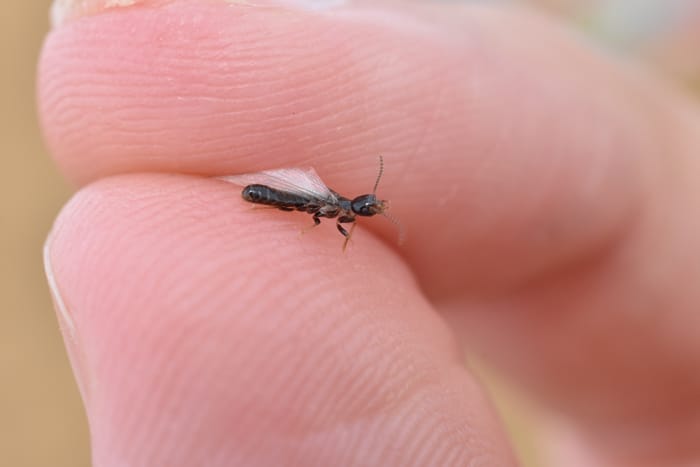Often unseen but significantly impactful, termites are a major concern for homeowners across the United States. These small yet destructive pests can cause severe structural damage to properties, often going unnoticed until it’s too late. Understanding the different termite species, their behaviors, and their habitats is crucial for effective control and prevention. This comprehensive guide will delve into the most common termite species in the U.S., highlighting their unique characteristics and the best practices for managing each type.
The Subterranean Termites

Overview and Identification
Subterranean termites are the most common and destructive termite species in the United States. Their swarmers are typically characterized by a black body their opaque, winged bodies, and a preference for living in moist, secluded environments.
Habitat and Distribution
These termites build their colonies underground and are often found in soil. They create mud tubes to access food sources above ground while protecting themselves from open air.
Control Methods
Effective control of subterranean termites includes baiting systems that lure and poison the colony and soil liquid treatments that create a chemical barrier to help control them when entering structures.
Drywood Termites

Overview and Identification
Drywood termites are known for their ability to thrive in dry conditions. Unlike their subterranean counterparts, they don’t require contact with soil and often infest attic spaces, antique furniture, and other wooden structures.
Habitat and Distribution
These termites are common in coastal and southern states and are notorious for their discreet infestations, often identified by their fecal pellets left behind.
Control Methods
Control methods for drywood termites include whole-structure fumigation and localized treatments such as heat treatment or insecticides injected directly into their nests.
Formosan Termites

Overview and Identification
Formosan termites, often called “super termites,” are also a subterranean termites but they are much more aggressive and can form massive colonies even without soil contact. Their swarmers are distinguishable by their yellow-brown color body and the vast size of their colonies.
Habitat and Distribution
These termites are prevalent in the southern U.S. and are known for causing extensive damage in a short period.
Control Methods
Formosan termite control requires an integrated approach that could include termite baits, liquid or foam treatments, and regular monitoring.

At Broken Arrow Pest Control, we specialize in identifying and eradicating termite species and alleviating your concerns about the integrity of your home. We recognize that a one-size-fits-all approach doesn’t work with termite control. That’s why we encourage homeowners to be proactive: regularly inspect your property, and don’t hesitate to call in our professional team at the first sign of an infestation. With timely intervention and strategies tailored to the specific type of termite, we help safeguard your home against these covert invaders.

